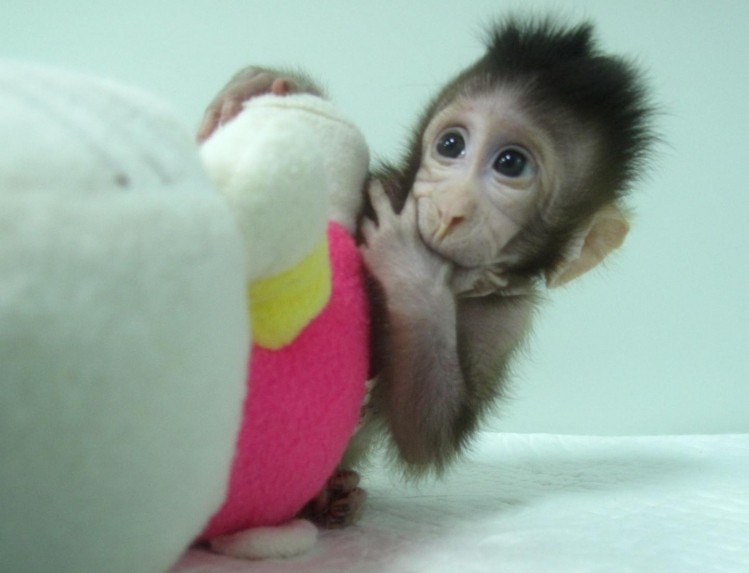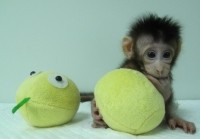Cloned primate paves way for the generation of uniform monkey models, say researchers

Zhong Zhong and Hua Hua were recently born at the Chinese Academy of Sciences Institute of Neuroscience in Shanghai. The two genetically identical long-tailed macaques are the first to be made by somatic cell nuclear transfer (SCNT) – a technique which the researchers plan to continue improving.
More macaque clones are expected to be born over the coming months, but for now, the researchers are monitoring Zhong Zhong and Hua Hua’s physical and intellectual development.

According to the report, published recently in the journal Cell, the results “pave the way for the generation of genetically uniform monkey models for basic research and biomedical applications.”
“As species closer to humans, non-human primates are ideal animal models for studying physiological functions unique to primates and for developing therapeutic treatments of human diseases,” according to the report.
However, the researchers are aware that future research using non-human primates “depends on scientists following very strict ethical standards," explained Muming Poo, a co-author on the study and director of the Institute of Neuroscience of CAS Center for Excellence in Brain Science and Intelligence Technology, who helped supervise the project.
While the lab follows international guidelines for animal research set by the US National Institutes of Health, moving forward, the researchers encourage the scientific community to discuss what is acceptable (and what isn’t) as it pertains to cloning non-human primates.
Opportunity and challenges
As the president and CEO of Alpha Genesis, a primate products and research service provider, Dr. Greg Westergaard echoed that cloning monkeys provides researchers the opportunity to study genetically identical primates.
“When used in combination with other techniques [primate clones] could revolutionize treatment and provide for virtual elimination of a wide variety of genetic disorders, including Alzheimer’s, which affects millions of people worldwide,” he added.
Westergaard explained, “Extending our efforts to address these diseases through the use of cloned animals is a logical next step.”
However, Michael Seiler, PhD, vice president of Commercial Products at Taconic Biosciences, cautioned that while the development is noteworthy, other factors are required to establish testable in vivo systems for basic and applied research.
“First, scale and efficiency are vital to developing new animal models and gaining acceptance,” Seiler told us. “Inefficiencies in cloning due to time, labor and expense will undoubtedly limit expansion of cloned model systems for the next decade and possibly beyond.”
As he explained, limitations such as long gestation periods, the number of live births per mother, and extended lifespan “still pose expensive unsolved challenges.”
“In the near term, insight into primate reproductive biology can be expected and will open new areas of research not previously contemplated,” he added.
Seiler said the advances in primate cloning are a major step in understanding the boundaries of reproductive biology and follows a culmination of decades of research.
“Achieving this step in primates is analogous to the decades of research and advancement in mouse genetics and rodent model systems, and may unlock further potential to understand and prevent complex diseases,” he said.

















